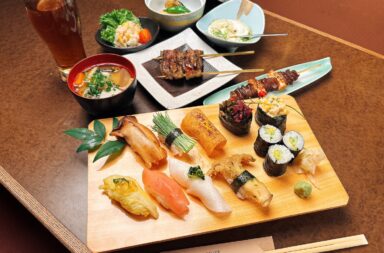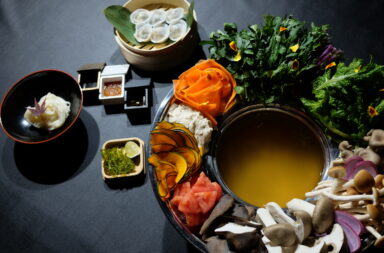This post is also available in: 日本語
New Plant-Based Option of Starbucks
Starbucks Coffee Japan has been offering plant-based food menu items as a new food option to enjoy alongside beverages such as coffee and tea since June 1st, 2022, at Starbucks locations throughout Japan (excluding some stores). However, the menu is not intended for those pursuing “complete vegetarianism, such as veganism,” as stated by the company.
See Also
Starbucks Offers a Plant-Based Menu Starts From 1 June 2022!
On March 15th, 2023, Starbucks released a new addition to the menu, “Caramel Oatmeal Cake”.
The cake features an oatmeal crust baked with caramel sauce and topped with smooth oat milk whipped cream and more oatmeal. The rich, satisfying taste blends the bitter caramel sauce’s depth and sweetness with a hint of maple flavor. The crunchy texture adds a touch of contrast, making it a perfect option for brunch or a light breakfast.

Caramel Oatmeal Cake
See Also
Starbucks’ Plant-Based Products Are On Sale. How Do They Taste Like?
According to the press release, the concept behind Starbucks’ plant-based food menu is to use plant-based ingredients as the primary raw materials, without using any animal products.
・The primary ingredients in this product include the secondary raw materials used to create the food, including food additives. However, food additives that can be omitted from labeling under the food labeling regulations are not included in the main ingredients.
・Animal products include meat, seafood, eggs, dairy products, and honey.
・The manufacturing factories and stores where this product is made also produce items that contain animal products.
・The menu is not intended for people who follow a strict vegetarian or vegan diet.
Note:
- Food additives are substances added during the processing of food that meets one of the following conditions: (1) they are removed before the food is finished, (2) they are not replaced by an increased amount of the components that are typically found in the food and are not included in the food to increase the amount of the components, or (3) they are present in such small quantities that they do not have any effect on the food.
- Carryover refers to additives used while processing raw materials that are not used in the food product produced with those raw materials. The number of additives carried over from the raw


